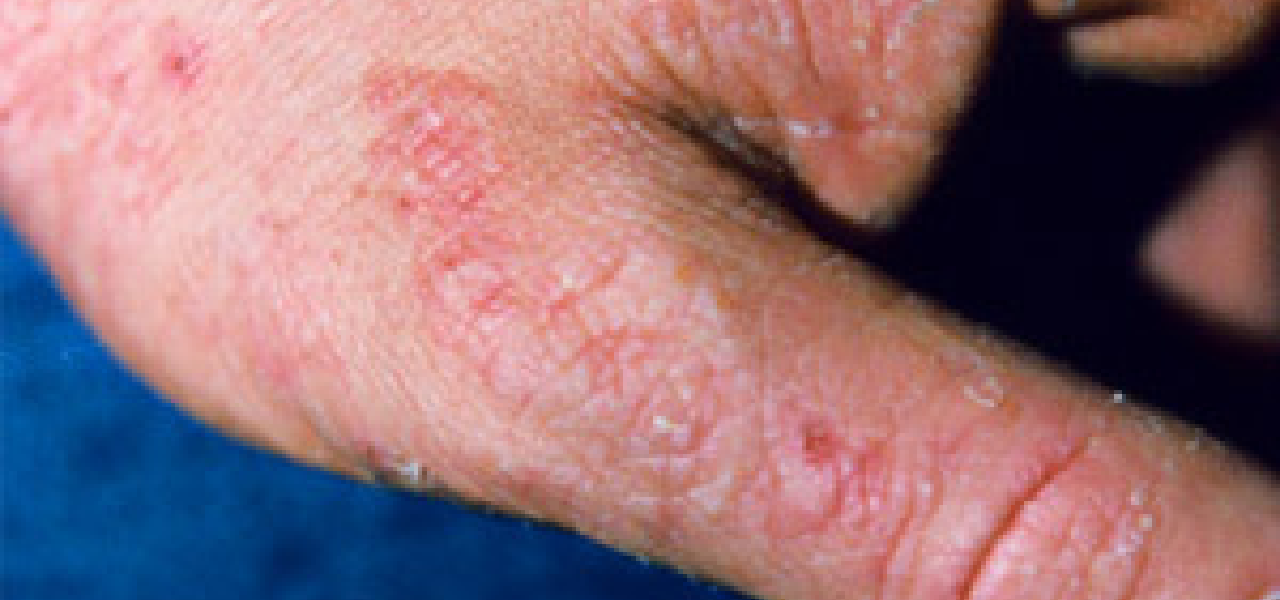Case of Rare Fungal disease

Background
Pulmonary infections due to Scopulariopsis brevaculis have been reported, especially in immunocompromised patients. We report a rare instance of Scopulariopsis in the lung of an immunocompetent patient with a disseminated presentation.
Description Of Case
A 44 year old female, farmer by occupation, presented with c/o cough with yellowish expectoration and low grade fever since 4 months, dyspnea MMRC II and diffuse chest pain since 15 days. She had no past history. On examination her vitals were stable. On Respiratory system examination breath sounds were reduced in left basal areas.
On investigation Hemogram, blood sugar, Urine routine, LFT and RFT were within normal range. HbA1C was normal ruling out diabetes. HIV and HBsAg status were Non reactive. Sputum for AFB was negative. CXR was suggestive of left sided pleural effusion. CT thorax was suggestive of ill defined heterogenous mass lesion involving left pleura, pericardium, chest wall and cardiac apex, with filling defect in left ventricle and bilateral pleural effusion (left > right) with hypodense lesion in liver, suggestive of neoplastic etiology. Around 700 ml hemorrhagic pleural fluid was aspirated and sent for analysis. Fluid was transudate with predominantly mesothelial cells(55%) and no organism growth in culture, ADA 0.1, cytology was negative for malignant cells.
Echo suggested large heterogenous mass attached to anterior mitral leaflet with moderate MR, large extra cardiac mass is noted outside the LV with same consistency. Peripheral arterial color Doppler shows complete occlusion of right brachial artery in its proximal part due to circumferential wall thickening, while left arterial system is normal.
PET Scan showed moderate left pleural effusion with underlying lung collapse of left lower lobe, hypermetabolic herterogenously enhancing mass lesion is seen in medial basal segment of left lower lobe. Another hypermetabolic herterogenously enhancing mass lesion is seen involving left sided mediastinal pleura and pericardium with infiltration of left ventricular myocardium. The lesion also invades anterior cardiophrenic recess and left lower anterior chest wall. Enlarged FDG avid left internal mammary and mediastinal lymph nodesare seen suggestive of metastatic spread. Mild pleural effusion is seen on right side .no significant metabolic active disease seen elsewhere in the body. Overall the lesion is suggestive of neoplastic etiology
Result
CT guided biopsy was taken from the mass lesion which shows cores of fibrous tissue with areas of granulation tissue heavily infiltrated with large and small lymphocytes, neutrophills and histiocytes with areas of necrosis. Few colonies of aseptate broad fungal hyphae resembling Mucor are seen. PAS stain highlights the fungal hypahe.. IHC also defers the diagnosis of malignancy. Patient was started on Liposomal Amphotericin B and Itraconazole in presecribed dose.And later on patient was subjected to surgery. After 3 days of surgery patient died of severe pulmonary edema. Tissue sample for histopathology and microbiology suggested diagnosis of fungal infection, which after 3-4 weeks of growth confirmed Scopulariopsis brevaculis.
Discussion
Members of the genus Scopulariopsis are common soil fungi. Most commonly, they are implicated in onychomycosis(1). There have also been reports of otomycosis, keratitis, prosthetic valve endocarditis, sinusitis, brain abscess, and cutaneous, subcutaneous and bone invasions by these pathogens in both immunocompetent as well as immunosuppressed individuals(2). Scopulariopsis has recently emerged as one of the fungal pathogens in pulmonary diseases (3).
Pulmonary Scopulariopsis has been reported in lung transplant (4). and in orthotopic heart-lung transplant patients. Invasive infection due to Scopulariopsis brevicaulis has been diagnosed in a stem cell transplant patient as well (5). Pulmonary infections could be caused by inhalation of the mould, leading to the lodging of the organism, which results in granulomatous reaction in an immunocompromised patient. Scopulariopsis rarely causes pulmonary disease in immunocompetent patients. In our patient source of infection could be agricultural background. Only few cases have been reported in immunocompetent patients.
